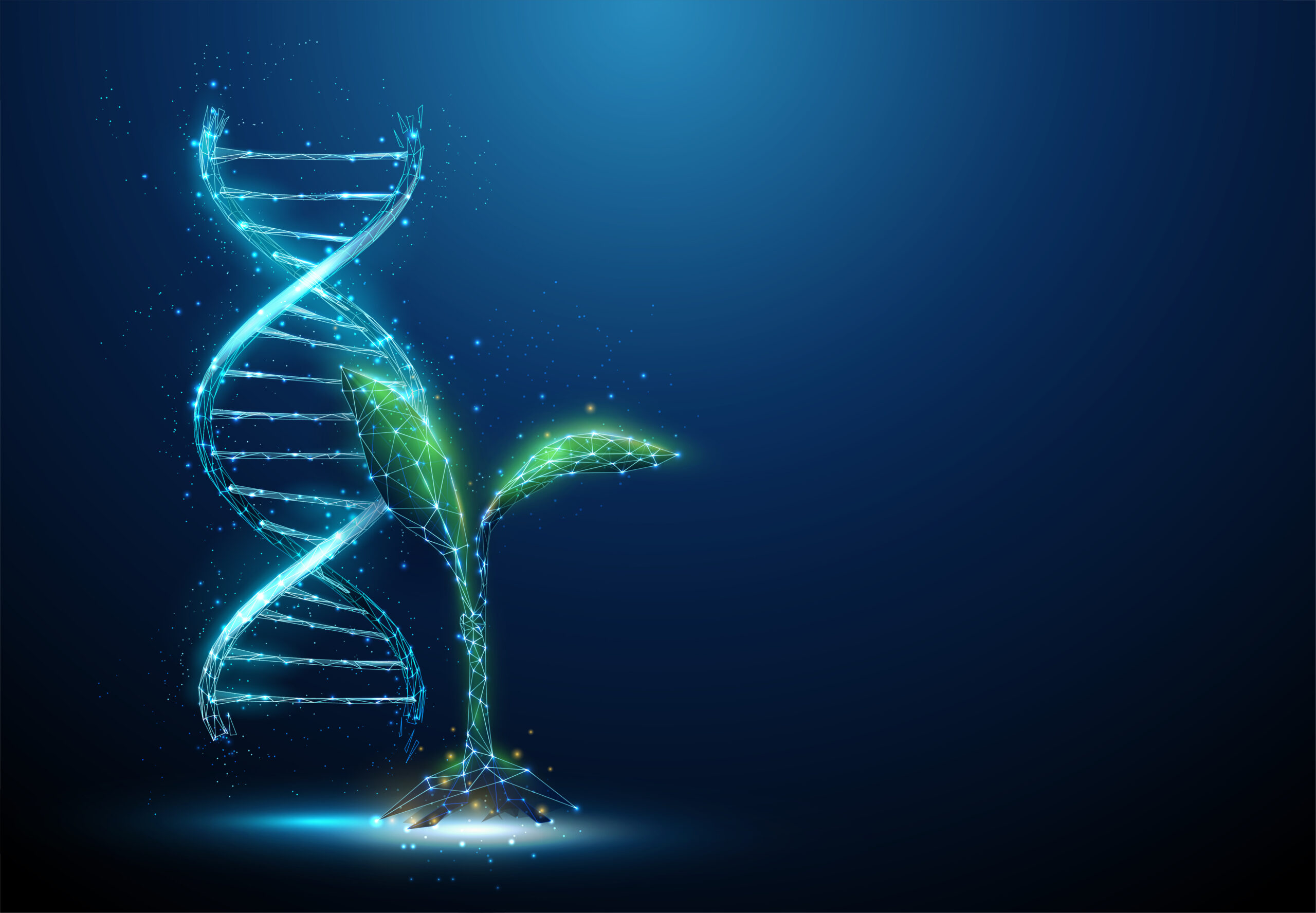Exploring How Microbes Can Shed Light on Ancient Climate Conditions | Tor Einar Møller
Original Article Reference
This SciPod is a summary of the paper ‘Microbial Community Structure in Arctic Lake Sediments Reflect Variations in Holocene Climate Conditions’, in Frontiers in Microbiology. https://doi.org/10.3389/fmicb.2020.01520
About this episode
To study the climate of the ancient past, researchers look for its fingerprints in deep marine and lake sediments. Within these geological records are large and active microbial communities that may hold other clues about past environmental conditions and transitions. Tor Einar Møller [Tore Ee-naar Moe-lerr], a doctoral candidate at the University of Bergen, Norway, examined the link between contemporary microbe composition and the ancient climate. In a recent paper, he demonstrates that current microbe communities found within sediment cores capture elements of past environments.
This work is licensed under a Creative Commons Attribution 4.0 International License. 
What does this mean?
Share: You can copy and redistribute the material in any medium or format
Adapt: You can change, and build upon the material for any purpose, even commercially.
Credit: You must give appropriate credit, provide a link to the license, and indicate if changes were made.
More episodes
Dr. Jon Reinders | A genetic breakthrough for farming: editing corn inside the plant, not the lab
Corn is a cornerstone of modern agricultural food production, particularly in North America. Humans have selectively bred such crops over generations to create better yields, improved appearance and flavor and enhanced disease resistance. However, what if we could skip these arduous rounds of selective breeding and improve a crop’s stability and reliability regardless? Deep within the genetic blueprint of every maize kernel, scientists are aiming to achieve just this. In a recent groundbreaking study, Dr. Jon Reinders of Corteva Agriscience and his colleagues have unveiled a powerful new way to create genetically improved corn, not in a lab dish, but inside the plant itself. This new method is faster, cleaner, safer, and could transform how we grow our most essential crops.
Professor Jeremy Maurer | Building a seismic timeline of the Nippes earthquake
Sitting directly over a complex network of fault lines, Haiti is one of the most earthquake-prone nations on Earth. In 2021, the Nippes earthquake became the latest to devastate the country, and today, researchers are still piecing together the timeline of seismic events which unfolded during the earthquake. Through their research, Professor Jeremy Maurer and colleagues at Missouri University of Science and Technology have described how the Nippes earthquake originated, shifted, and ruptured a major fault line, triggering numerous ‘afterslip’ events in the following days.
Prof. Nelson Gekara | The Guardians of the Gut: A New Frontier in the Defence Against Viruses
Our gut contains a sleepless army, creating a hostile environment for pathogens, and helping to fortify our body’s immune defences. It may surprise you to learn that this army isn’t even human in nature, but is bacterial. The trillions of bacteria that naturally live in our gut, known as the gut microbiota, form an important component of our overall immunity against infectious disease. While bacteria can also cause disease, beneficial bacteria naturally colonise available spaces in our body, such as the gut, and play a key role in our immunity and physiology. Research conducted by Prof. Nelson Gekara of Stockholm University in Sweden and colleagues has revealed that these microscopic organisms play a crucial role in protecting us from viral infections, even in organs that are unconnected to the gut. Their study, published in the journal Immunity, uncovers a fascinating link between the gut microbiota and our body’s ability to fight viruses, offering new insights into immune function and the unintended consequences of antibiotic use.
Prof. Diana Jaalouk | Editing DNA and Degrading Proteins: The Tools to Achieve Precision Oncology
Cancer is a daunting healthcare challenge, and is still affecting millions worldwide, despite the enormous research resources that have been directed at finding effective treatments over the past decades. Many anti-cancer treatments remain poorly specific for the tumours they are intended to treat, and often suffer from modest efficacy and serious off-target effects. Part of the problem is the inherent variability between many tumours and their resulting unpredictable responses to standard chemotherapy. However, the latest advancements in precision oncology may be the start of a new paradigm, potentially providing targeted therapeutic payloads that can successfully address the specific and unique issues underlying a given patient’s cancer. Researchers such as Prof. Diana Jaalouk and her colleagues at the American University of Beirut in Lebanon are pioneering innovative tools that are changing the way we understand and treat this complex disease. Two remarkable recent technologies, CRISPR-Cas9 and PROteolysis TArgeting Chimeras (or PROTACs for short), are at the forefront of this precision revolution. While distinct in their approach, these tools share a common goal: targeting cancer with precision and minimizing harm to healthy cells. Together, they are set to reshape the therapeutic landscape.
Increase the impact of your research
• Good science communication helps people make informed decisions and motivates them to take appropriate and affirmative action.
• Good science communication encourages everyday people to be scientifically literate so that they can analyse the integrity and legitimacy of information.
• Good science communication encourages people into STEM-related fields of study and employment.
• Good public science communication fosters a community around research that includes both members of the public, policymakers and scientists.
• In a recent survey, 75% of people suggested they would prefer to listen to an interesting story than read it.

Step 1 Upload your science paper
Step 2 SciPod script written
Step 3 Voice audio recorded
Step 4 SciPod published




